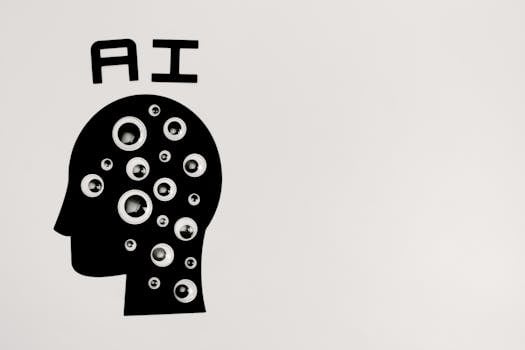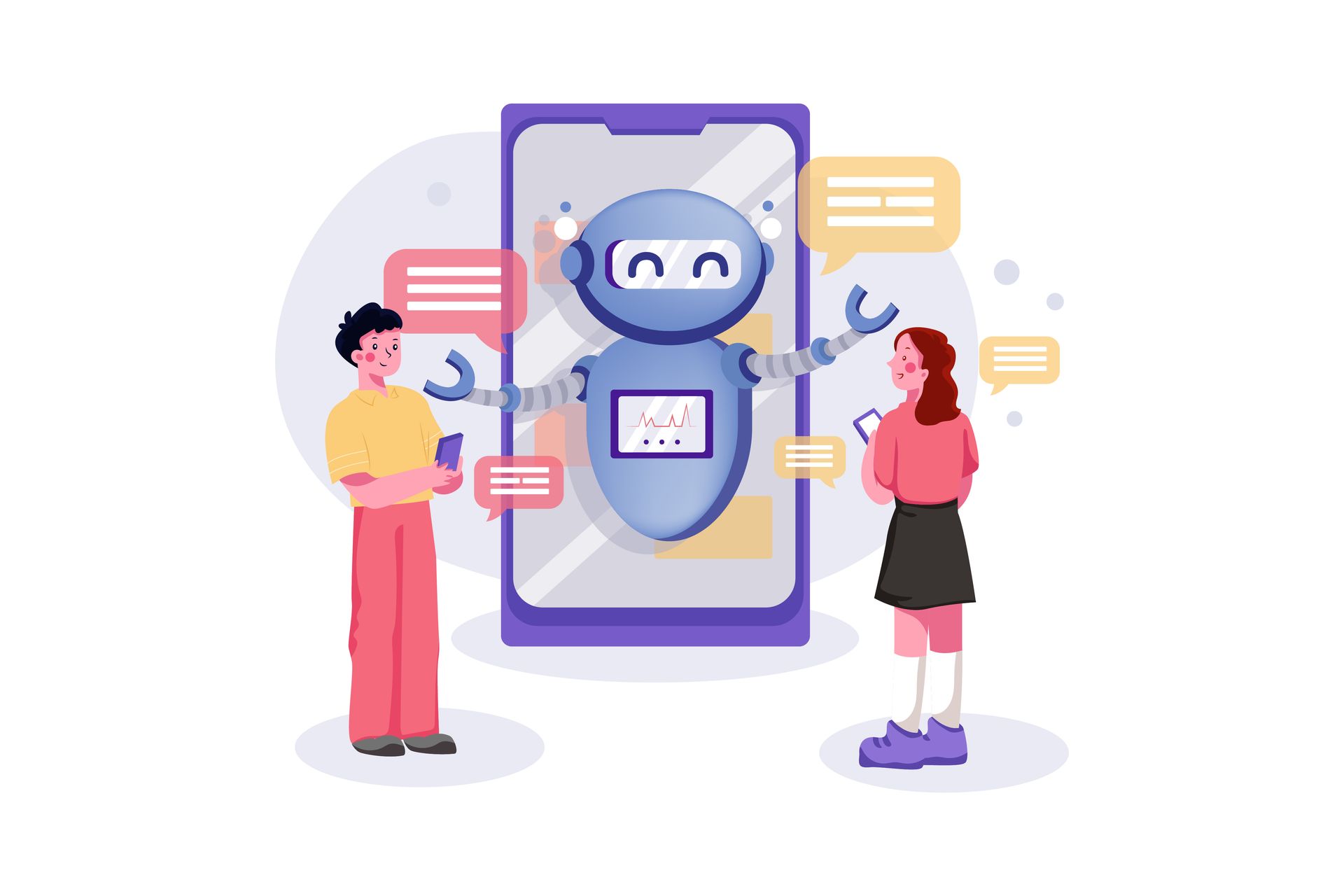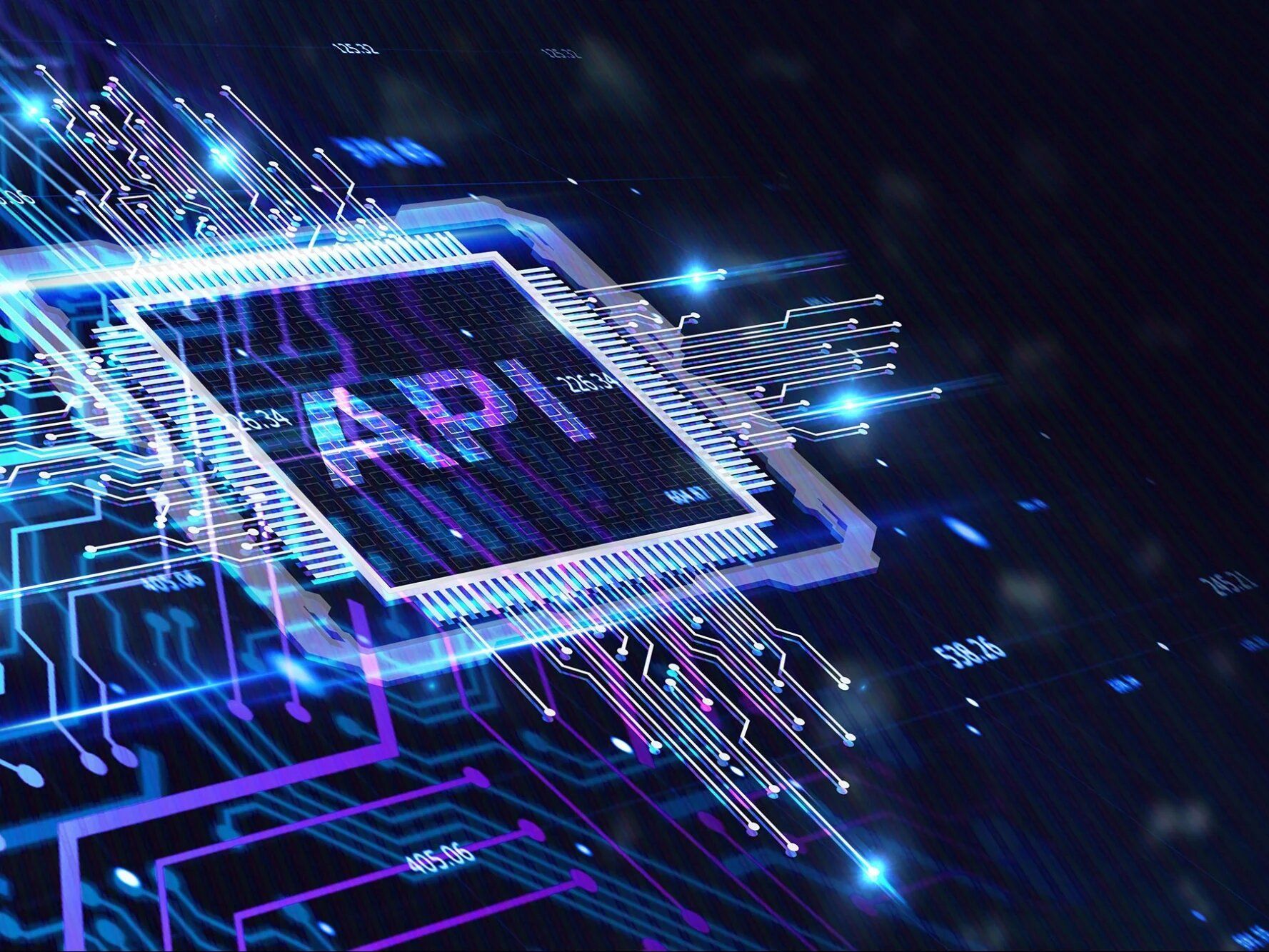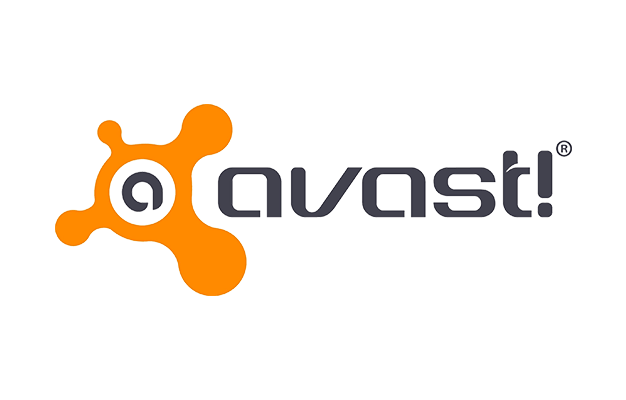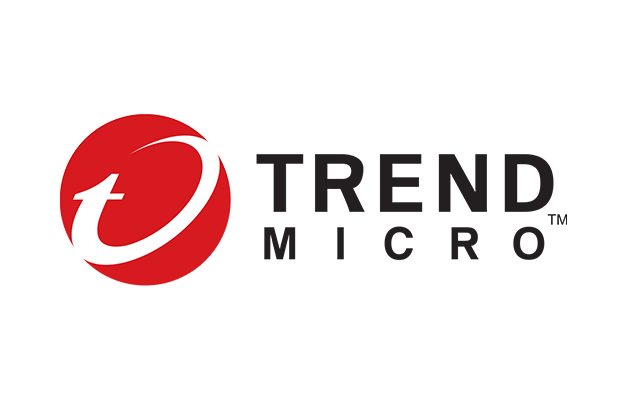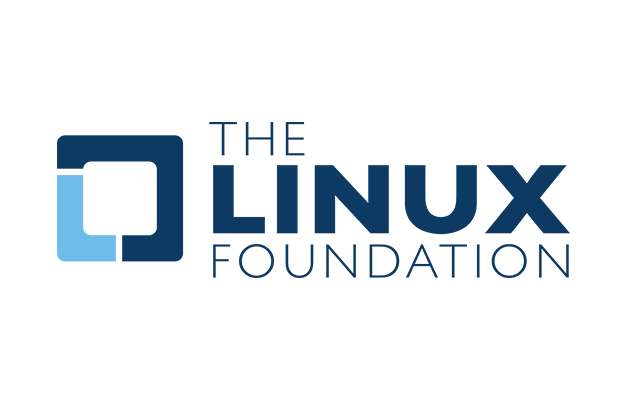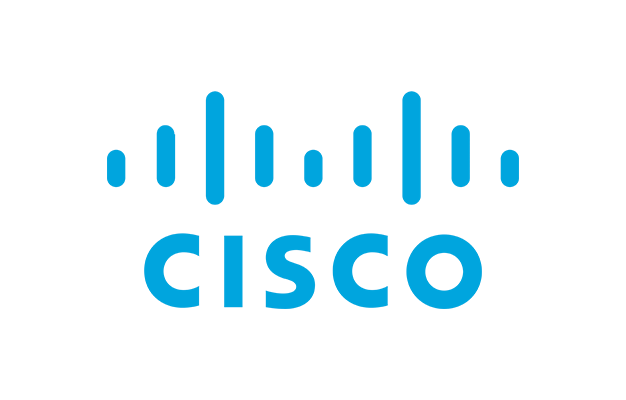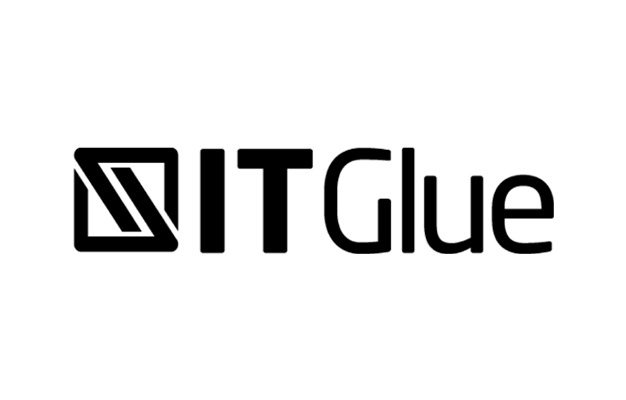The Singularity Accelerates: Neuralink's $650M Expansion Signals the Dawn of Human-Machine Convergence
The Convergence Point: How Neuralink's Latest Breakthroughs Are Accelerating Our Path to Singularity

We stand at the precipice of an unprecedented moment in human history. As Neuralink announces its $650 million Series E funding round and expands clinical trials globally, we're witnessing the acceleration of brain-computer interface technology that could fundamentally alter the trajectory of human evolution—and our race toward the technological singularity.
The question is no longer if we'll reach the singularity, but how we'll navigate the convergence of human and artificial intelligence that's unfolding before our eyes.
Neuralink's Quantum Leap: Beyond Paralysis Treatment
The latest developments from Elon Musk's Neuralink represent a seismic shift in brain-computer interface capabilities. What began as a medical intervention for paralyzed patients has evolved into something far more profound—a bridge toward human cognitive enhancement.
The Current Reality: 5 Patients, Unlimited Potential
As of June 2025, Neuralink has successfully implanted its brain-computer interface in five patients , with remarkable results:
- Direct thought-to-digital control: Patients can operate computers, smartphones, and external devices using only their thoughts
- Advanced creativity tools: The second patient, "Alex," has successfully created 3D designs using CAD software through neural control
- Gaming capabilities: First-person shooter game performance that exceeds previous physical abilities
- Global expansion: Trials now active in the United States, Canada, and UAE

Beyond Motor Function: The Vision Revolution
Perhaps most significantly, Neuralink has received FDA breakthrough device designation for Blindsight —a system designed to restore vision to blind individuals by directly stimulating the visual cortex. This represents the company's expansion beyond motor function restoration into sensory enhancement.
This isn't just medical treatment—it's human augmentation. The ability to bypass damaged biological systems and interface directly with the brain's processing centers opens possibilities that science fiction writers could barely imagine.
The Singularity Thesis: Where Human Meets Machine
The technological singularity, popularized by futurist Ray Kurzweil, represents the hypothetical point where artificial intelligence surpasses human intelligence, leading to unpredictable and exponential technological growth. Kurzweil originally predicted this moment for 2045, but recent developments suggest we might arrive sooner—or take an entirely different path.
The Hybrid Human Hypothesis
Brain-computer interfaces like Neuralink's present a fascinating challenge to traditional singularity predictions. Rather than being overtaken by artificial intelligence, humans could merge with AI systems, creating hybrid beings that combine biological intuition with computational power.
Consider the implications:
- Unlimited Memory: Direct access to cloud-based storage and retrieval systems
- Instantaneous Communication: Brain-to-brain networking across global distances
- Enhanced Calculation: Real-time access to AI processing power
- Sensory Expansion: Integration with sensors beyond human biological limits
As philosopher and BCI researcher Dr. Philip Kennedy notes, this hybrid approach could prevent the singularity as traditionally conceived—not by stopping technological advancement, but by ensuring humans remain part of the equation.
The Acceleration Timeline: Faster Than Expected

Neuralink's aggressive expansion timeline suggests we're moving faster toward human-machine integration than most experts predicted:
2025-2026: The Foundation Phase
- 20-30 new patients expected to receive implants in 2025
- Multiple medical centers across three countries conducting trials
- Upgraded hardware with improved electrode count and battery life
- Robotic surgery perfection with the R1 surgical robot
2027-2030: The Expansion Phase
- Pivotal trials involving 20-40 patients for commercial approval
- Vision restoration through Blindsight clinical trials
- Enhanced cognitive functions beyond medical applications
- Consumer-grade interfaces for healthy individuals
2030+: The Integration Phase
- Mass adoption for cognitive enhancement
- Brain-to-brain networks enabling telepathic communication
- AI-human symbiosis in professional and creative work
- Redefinition of human consciousness and identity
The Competitive Landscape: Not Just Neuralink
While Neuralink captures headlines, it's part of a broader ecosystem racing toward the same goals:
- Synchron: Developing less invasive blood vessel-based implants
- Paradromics: Recently completed first human implant with focus on speech restoration
- Precision Neuroscience: Ultra-thin electrode arrays for safer implantation
- BlackRock Neurotech: Established leader in research-grade BCI systems
This competition is accelerating innovation across the entire field, with over 45 clinical trials currently underway worldwide.
The Philosophical Implications: Are We Ready?
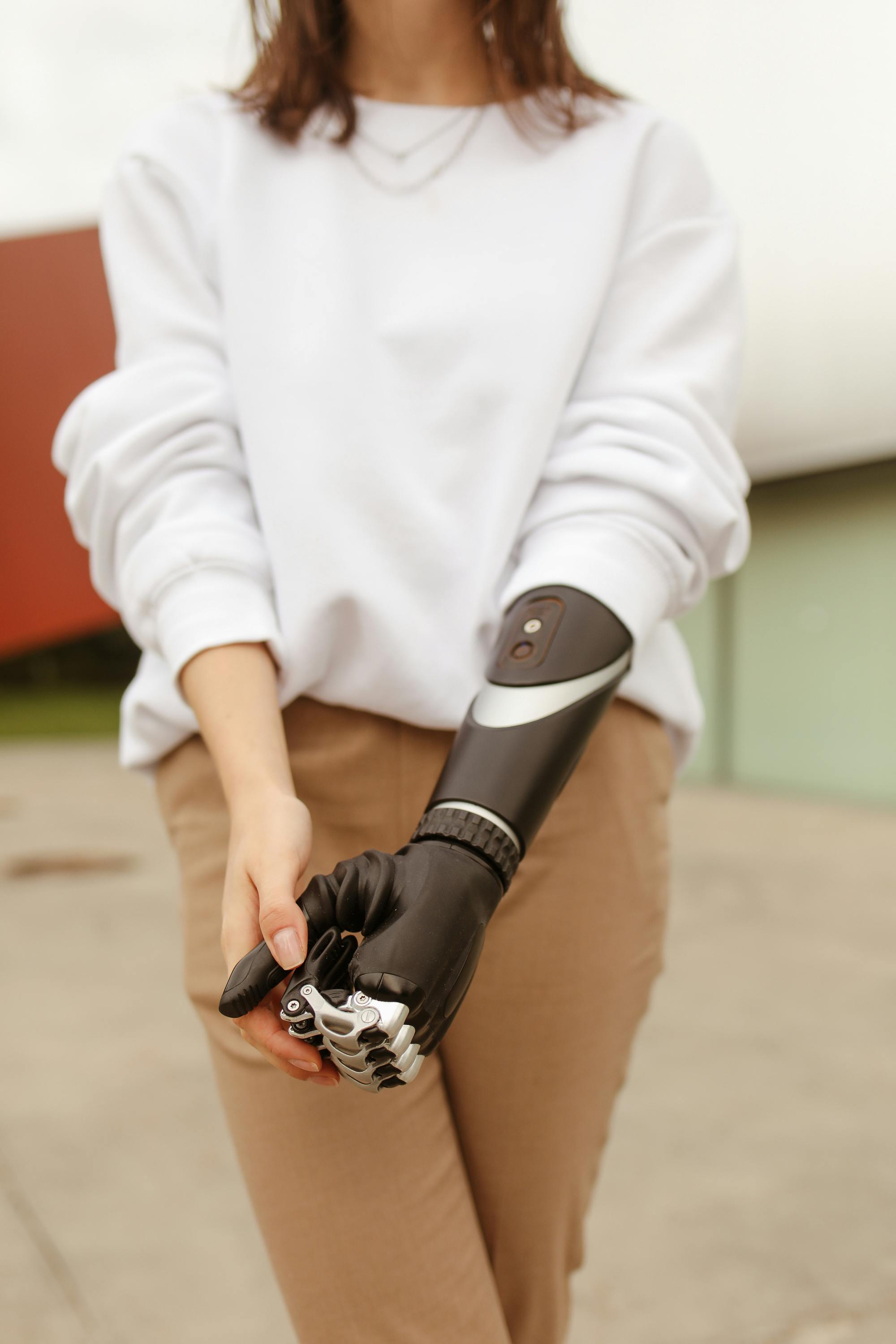
The rapid advancement of BCI technology raises profound questions about human identity, consciousness, and the nature of intelligence itself:
The Enhancement Dilemma
If BCIs can enhance human cognitive abilities, will there be pressure for everyone to undergo the procedure? Could we create a two-tiered society of enhanced and unenhanced humans?
The Privacy Paradox
Direct brain interfaces raise unprecedented privacy concerns. If thoughts can be read and transmitted, what happens to mental privacy? Who controls access to our neural data?
The Identity Question
At what point does human consciousness merged with AI become something else entirely? Are we approaching the end of "homo sapiens" as we know it?
The Economic and Social Transformation
The singularity won't just be a technological event—it will reshape every aspect of human society:
Labor and Employment
Workers with BCI enhancement could perform tasks requiring perfect memory, instant calculation, and seamless human-AI collaboration. This could create massive productivity gains while potentially displacing traditional workers.
Education Revolution
Direct knowledge transfer could make traditional education obsolete. Why spend years learning a skill when it can be downloaded directly to your brain?
Healthcare Transformation
BCIs could provide real-time health monitoring, instant diagnosis, and precise treatment delivery. Mental health conditions could be treated through direct neural intervention rather than pharmaceutical approaches.
Global Implications: The New Space Race
Nations are recognizing BCI technology as strategically critical. China's massive investment in brain-computer interface research, coupled with America's private sector innovation and Europe's ethical framework development, suggests we're entering a new kind of technological competition.
The country that achieves BCI supremacy first could gain overwhelming advantages in:
- Military capabilities through enhanced soldier performance
- Economic productivity via cognitively enhanced workers
- Scientific advancement through human-AI research collaboration
- Cultural influence by defining the future of human consciousness
Preparing for the Convergence
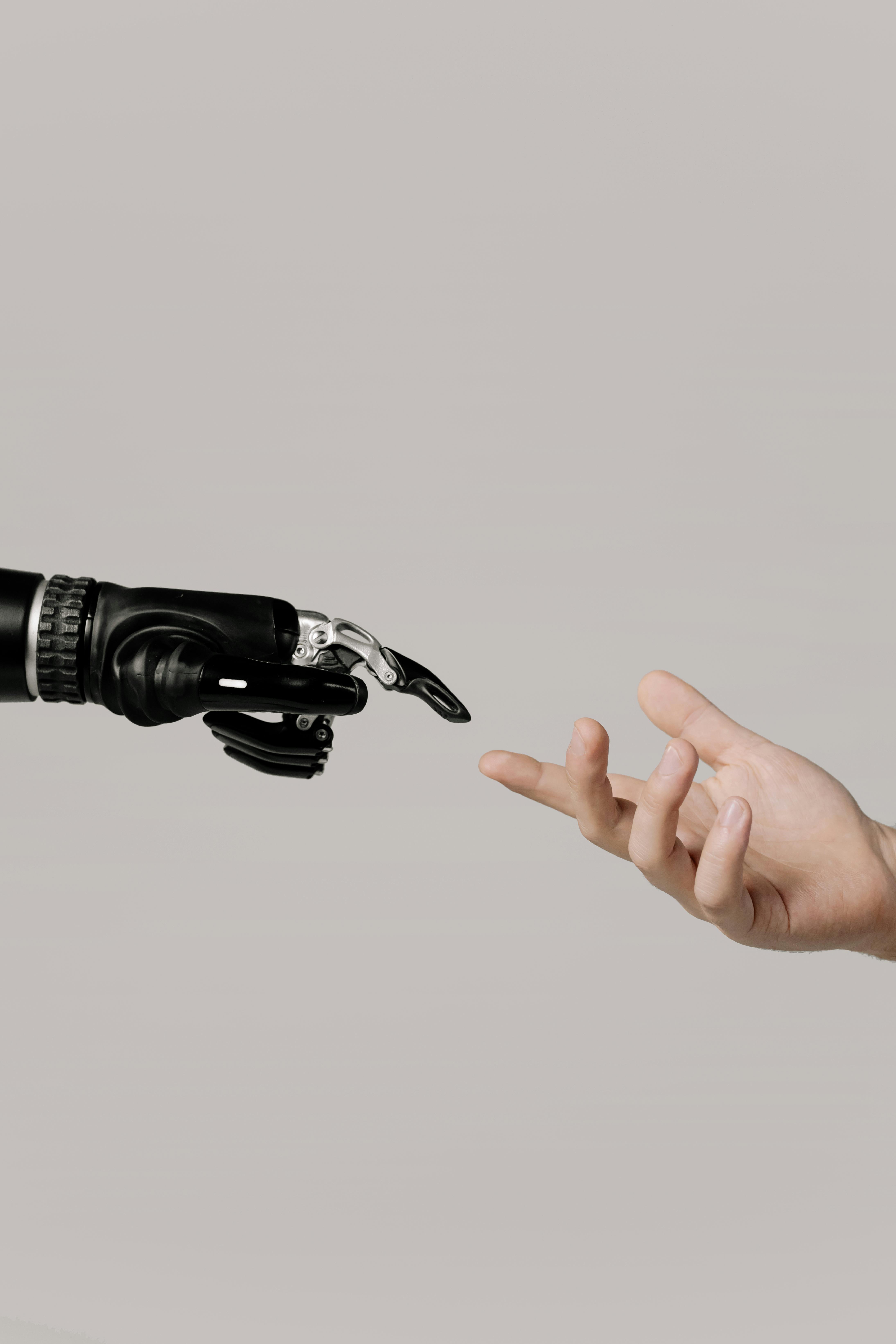
As we approach this technological inflection point, preparation becomes critical:
For Individuals
- Stay informed about BCI developments and their implications
- Consider ethical positions on human enhancement and AI integration
- Prepare for rapid change in skills, employment, and social norms
- Engage in public discourse about the future we want to create
For Organizations
- Develop BCI strategies for potential workforce integration
- Invest in research and partnerships with BCI companies
- Create ethical frameworks for human enhancement decisions
- Plan for disruption across all business functions
For Society
- Establish regulations that protect individual rights while enabling innovation
- Ensure equitable access to prevent enhanced human castes
- Preserve human choice in enhancement decisions
- Plan for economic transitions as labor markets transform
The Convergence Is Now
Neuralink's latest developments aren't just medical breakthroughs—they're the opening chapters of humanity's next evolutionary phase. With five successful patients demonstrating unprecedented human-machine integration, global trials expanding rapidly, and vision restoration on the horizon, we're moving from science fiction to reality faster than most predicted.
The technological singularity may not arrive as a single moment when AI surpasses humans. Instead, it may emerge as a gradual convergence where enhanced humans and artificial intelligence become indistinguishable partners in an intelligence explosion that transforms everything we understand about consciousness, capability, and what it means to be human.
The question isn't whether this transformation will occur—Neuralink and its competitors have already crossed that threshold. The question is how we'll shape this convergence to preserve human agency, dignity, and choice in a world where the boundaries between mind and machine become increasingly blurred.
We are witnessing the birth of the posthuman era. The only question is: are we ready to be its architects rather than its subjects?
Want to understand how BCI technology and the approaching singularity might impact your organization? Contact our technology strategy consultants to develop frameworks for navigating the human-machine convergence.



